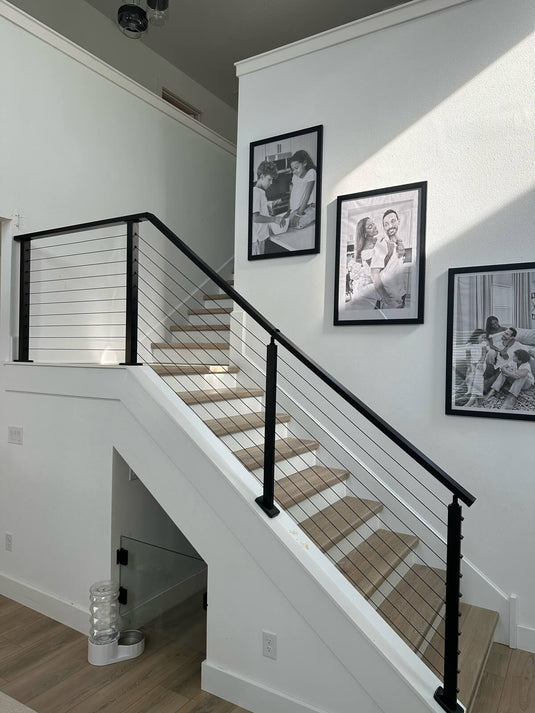TABLE OF CONTENTS
Floating Stairs Cost Comparison in 2025
Celebrated for its elegant appearance and capacity to provide an open, spacious sense in any room, floating staircases have become an arresting feature of contemporary architecture. For both homeowners and designers, knowing the cost implications of these architectural elements is essential as we go into 2025. Emphasizing materials like wood, metal, and glass as well as installation techniques, this article offers a thorough comparison of floating staircase pricing. Analyzing elements like geographical variations and personal preferences can help you decide how best to invest in this modern design trend.

What Are the Material Options and Costs for Floating Stairs in 2025?
The many choices available in 2025 are broken down below along with their unique advantages and charges.
Wood
The natural beauty and adaptability of wooden floating staircases make them a common option. Oak offers classic beauty and durability; its price in 2025 ranges from $200 to $300 per step. Rich in color, walnut steps go from $250 to $350 per step. Although wood looks great, it needs constant upkeep to avoid wear and tear—especially in high-traffic areas.
Metal
Metal is highly durable and lends a sleek, industrial aesthetic. Steel steps typically range from $150 to $300 per step, depending on finish and thickness, offering a strong and cost-effective option. Aluminum steps, priced between $300 and $400 per step, are lightweight yet sturdy. Outdoor metal stairs often undergo specialized treatments to enhance rust and water resistance, which can influence pricing. Both materials offer excellent longevity, though steel may require occasional rust prevention maintenance.
Glass
Glass steps are favored for their contemporary elegance and ability to enhance light flow. The cost of glass floating stairs typically ranges from $250 to $500 per step, reflecting the complexity of manufacturing and safety enhancements like tempered or laminated glass. While stunning, glass requires frequent cleaning to maintain its transparency and can be slippery if not treated with anti-slip coatings.
Hybrid Designs
Combining materials, such as using metal frames with wooden steps, allows for customization and cost management. These hybrid designs typically cost between $200 and $350 per step, balancing the warmth of wood with the structural support of metal. Such combinations can cater to a variety of styles and budgets, providing both aesthetic appeal and functional benefits.

What Are the Installation Costs for Floating Stairs in 2025?
The overall project costs may be much changed by the use of floating stairs. Here we investigate the possible savings from a do-it-yourself method as well as the expenses of professional installation.
Installation costs are usually half of the project cost and need to be weighed based on the actual project size and the experience of the installer. These expenses may also be affected by things like site preparation, special fittings, and labor rates in urban or rural locations. Professionals add knowledge and efficiency; frequently, they finish projects faster and with fewer mistakes than a newbie may run across.
For those who enjoy hands-on projects, DIY installation can significantly reduce costs. However, floating stair installation is a complex task that typically requires at least 2-3 people. It’s essential to assess your skills and ensure access to the necessary tools, such as drills, levels, and saws. Detailed instructions and online resources, including tutorial videos, can guide DIYers through the process. While DIY can offer upfront savings, improper installation may lead to safety issues or increased maintenance costs in the long run.
The best course of action for your floating stair project will depend on your degree of familiarity with do-it-yourself projects and the weight of peace of mind versus expert installation.
What Additional Factors Influence the Costs of Floating Stairs in 2025?
Beyond materials and installation, several additional factors can significantly impact the overall cost of floating stairs.
Customization Options
The ultimate price tag of floating stairs is determined in great part by customizing. Depending on intricacy, bespoke designs, including unusual forms, sizes, or combinations, may raise prices by 20% to 50%. With prices ranging from $100 to $500 per linear foot, adding unique handrails—such as those created from exotic woods or complex metalwork—further elevates costs. Finishes like staining, painting, or powder coating can add $50 to $150 per stage, allowing for individualized looks but also increasing the overall expenditure.
Location Impacts
Geographic location greatly influences material availability and labor and transportation-related expenses. Because of rising demand and living expenditures in metropolitan locations, labor rates are sometimes higher than in rural areas; this might result in 10% to 30% higher installation prices. Urban areas, however, often provide easier access to a range of materials and suppliers, therefore lowering possible shipping costs. On the other hand, if goods must be transported from far-off places, they may have restricted material options and more transportation expenses, therefore affecting both project schedules and budgets.
What Are the Long-Term Value Considerations for Floating Stairs in 2025?
One should give the long-term worth of floating stairs great thought when designing them.
Although the wood looks nice, it needs constant upkeep, including refinishing and sealing. Well-maintained wood may endure decades despite these demands, although with time maintenance expenses may increase.
Highly durable metal choices, including steel and aluminum, call for little maintenance. Although occasional rust prevention is important, especially in humid conditions, these materials usually provide a longer lifetime.
Glass is lovely, but its clarity requires regular washing. Important factors also include safety improvements like anti-slip coatings.
With its contemporary style and open, breezy environment that draws purchasers, floating staircases improve house appeal. High-quality floating stairs in homes really stand out on the real estate market and may raise resale value.

Conclusion
Material choice, installation techniques, customizing, and location will all help to define floating stairs' expenses in 2025. While selecting between expert and do-it-yourself installation greatly affects costs, wood, metal, and glass provide different pricing points and upkeep requirements. Examining both short-term and long-term expenses is important; good materials and expert installation improve resale value and durability. Through careful consideration of these elements, homeowners may guarantee a sensible investment in their living environment by matching aesthetic goals with financial reality.




